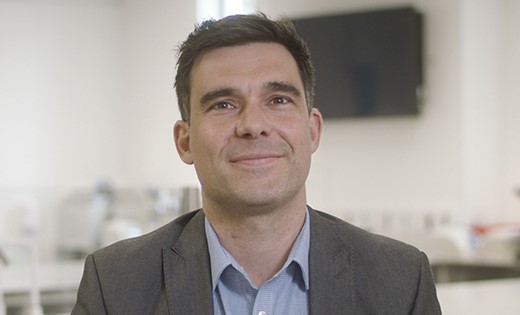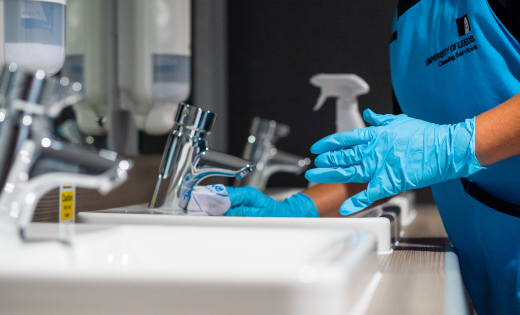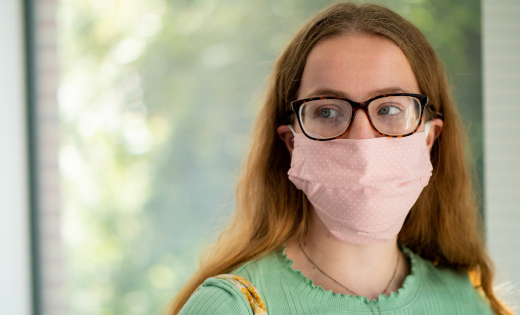Explaining the science behind campus safety measures
Video: One of the UK’s foremost experts in the spread of airborne infections inside buildings explains the science behind measures we’re taking to prevent the transmission of covid-19 on campus.
Cath Noakes, Professor of Environmental Engineering for Buildings at Leeds, has been helping the University plan and implement safety measures across campus

Cath Noakes, Professor of Environmental Engineering for Buildings at Leeds, has been using her academic expertise to help the University plan and implement safety measures across campus, which are now explained in a new video for staff and students together with ways we can all help to keep our community safe.
Professor Noakes has been playing a leading role in advising both the NHS and the Government during the pandemic, as a member of the national Scientific Advisory Group for Emergencies (SAGE).
She said: “My role is to lead a group that focusses on understanding how the virus transmits and how we can mitigate this. In turn, the University is following the advice to prevent the transmission of covid-19.
“We wanted to explain in scientific terms why these actions will be effective. We want to welcome our staff and students back to a safe campus, so we all have a part to play in achieving that goal.”
Professor Noakes explains the science behind issues including:
- how the virus spreads
- how to stop its transmission
- why wearing face coverings is important
- why we need to keep two metres apart; and
- why ventilation is important.

Paul Veevers, Director of Health and Safety Services at Leeds, appears on the video to explain increased safety measures relating to campus signage, cleaning, face coverings and ventilation
Increased safety measures
Paul Veevers, Director of Health and Safety Services, appears in the video to outline actions we’re taking to keep campus safe.
He said: “For many colleagues, the biggest contribution they can make is to continue to work from home, where possible, as we try to limit numbers on campus. Where staff or students need to be on campus for a particular activity, we need to ensure we have a safe number of occupants in any enclosed space.
“The risk of transmission via infected surfaces is something we’re taking very seriously. The first thing to do is to keep washing our hands, and we’ve installed a large number of hand-washing and sanitising stations around campus to make this as easy as possible for people.

We’ve increased the frequency of cleaning across campus
“We’ve increased the frequency of cleaning, including high-frequency touch points, door handles and work surfaces, to keep our staff and students safe.
“Signage has been developed to help you navigate around campus safely, and we’re also requiring the use of face coverings in some instances.
“We’ve been working hard over the summer to check the ventilation in all occupied rooms, and in some rooms we’ve adjusted settings to make sure there’s more fresh air. You should ensure you’ve got some warm clothing as this may result in a colder working environment than you’re used to.”

Face coverings are very effective at controlling close-range transmission
How you can help
There’s a clear message in the video about how staff and students can help keep our community safe.
Professor Noakes said: “We’ve been working with the Government, with the city, with our staff and with the students union to implement all sorts of measures across campus to help keep us safe. And we need all staff and students to play their part in making sure this is as effective as possible. So, please, please make sure that you follow the systems we’ve put in place on campus and also take care when you’re at home or when you’re out and about.”
Further information
Watch the full video or visit our dedicated coronavirus website, which is frequently updated as new information is announced.
Professor Noakes also appears in a second video, which focusses exclusively on the science behind why we need to wear face masks, offering some handy tips about how they should be worn and what types to wear.
Posted in: Higher education news